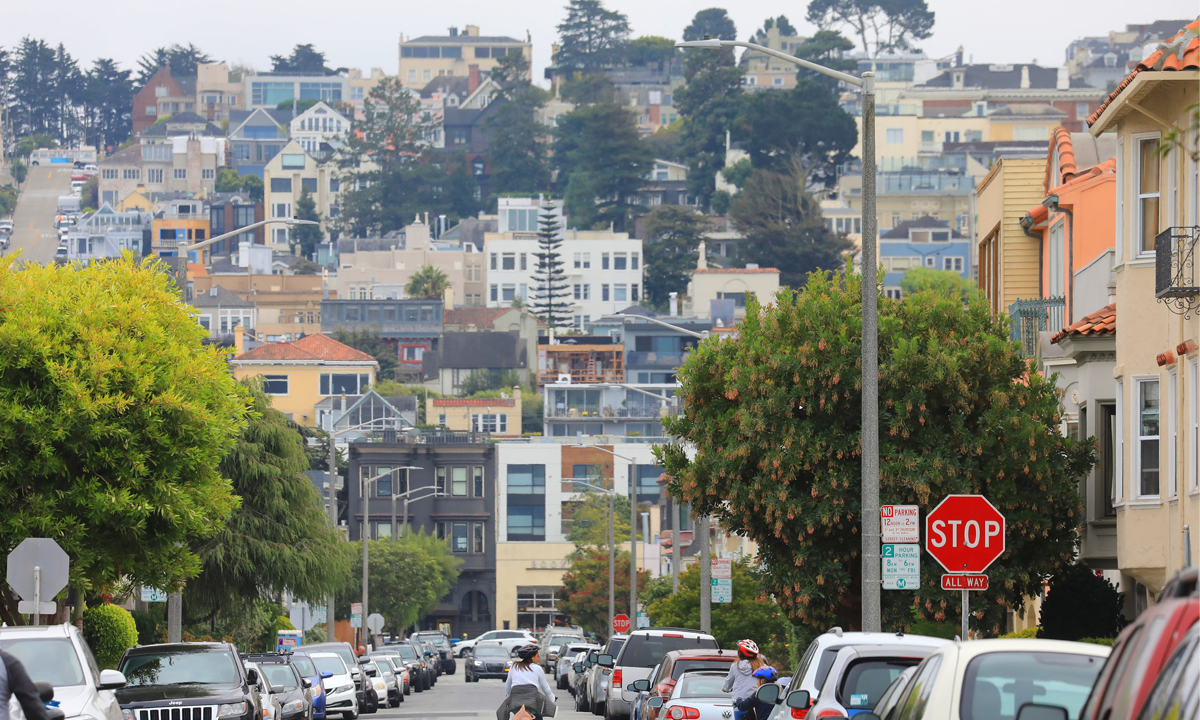By Armen Kurdian
The imposition of an extended eviction moratorium by the County Supervisors is essentially yet another imposed wealth transfer from landlords to tenants; a tax without actually being called a tax.
In 2020, state governments shut down their economies in response to the pandemic. As a consequence, many parts of San Diego county experienced unemployment levels exceeding 30%, and the US economy shrank by 3.5% from 2019. The country went from record low unemployment levels and wage growth at all levels to millions unable to pay their rent or mortgages.
Understandably, eviction moratoriums were established nationally and at state levels. In California, this took the form of AB3088 and SB91, which essentially made it illegal to evict a tenant due to non-payment of rent. While tenants were not let off the hook per se, i.e., they were still legally responsible for paying rent, landlords had to carry the cost of providing that housing for extended periods of time. For the mom-and-pop landlord, this amounted to a significant burden of tens of thousands of dollars in some cases, plus, the landlord was still responsible for the upkeep of the property.
Suing a tenant for back rent generally goes nowhere. Considering that by some estimates, 700K to 1M tenants owe back rent now, a number that has been exacerbated by the enabling and facilitating actions by state and local governments, this caseload may take years to unwind. The county will pay landlords 80% of what they are owed, but only if they forgive 20% of the unpaid rent. This is a direct wealth transfer to tenants, and could even be a violation of the 5th Amendment as an unlawful taking; the state and now the county have made it illegal to evict a tenant except for imminent threat causes, yet will not make a landlord whole. If the landlord chooses not to take the 80%, they will only get 25% from the state.
Furthermore, thanks to AB1482, landlords are almost compelled to renew a lease unless there is some violation, and now, because of the Governor’s orders and SB91 and also the recent actions by the SD County Board of Supervisors, they cannot even do that, even if they want to move back into the home themselves. Landlords have basically had control of their private property seized by the state.
Landlords will now likely raise rent to the maximum extent possible under AB1482 to protect themselves, which in San Diego County amounts to 7.9%, making housing less affordable. Plus, with these kinds of conditions, no one is going to want to rent out their property. Coupled with high home prices, most landlords will probably just cash out.
Housing shortages in this state are a direct result of actions taken by state and local governments which have made building new homes incredibly expensive and laborious, and subjected landlords, including the retired couple who were hoping for some cash flow from their second home to supplement their retirement, to untenable conditions. Instead, in states like Idaho, Utah, Georgia, North and South Carolina, Florida, and in localized regions such as around Oklahoma City and Tulsa, housing starts are surging, while California lags behind severely in housing starts per capita per a 2017 study and the latest census.
The best way to solve our housing crisis and make homes affordable in California is to build more dwelling units at all income levels and stop punishing landlords for trying to do the best they can to be housing providers to those who cannot currently buy a house.




